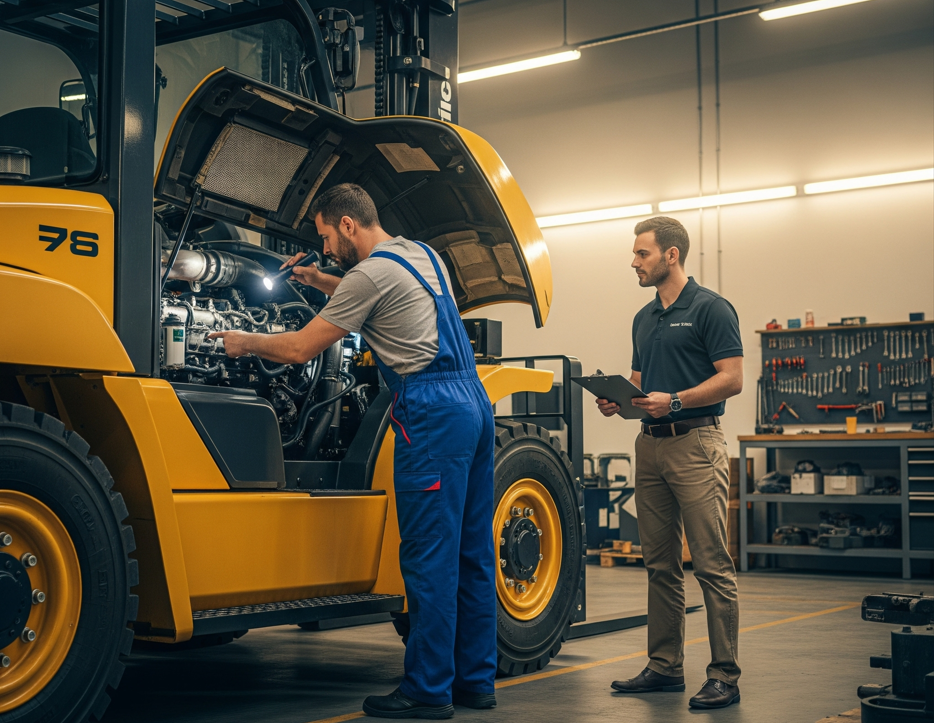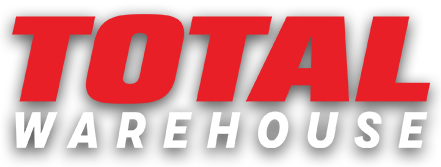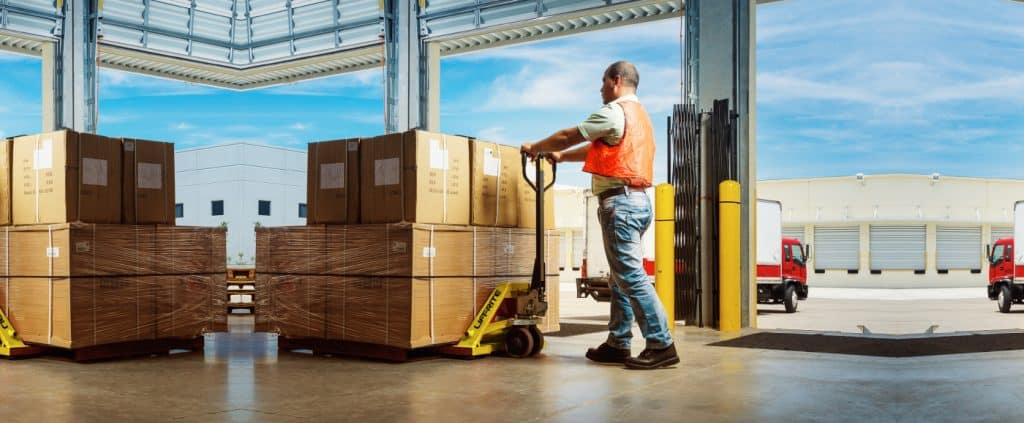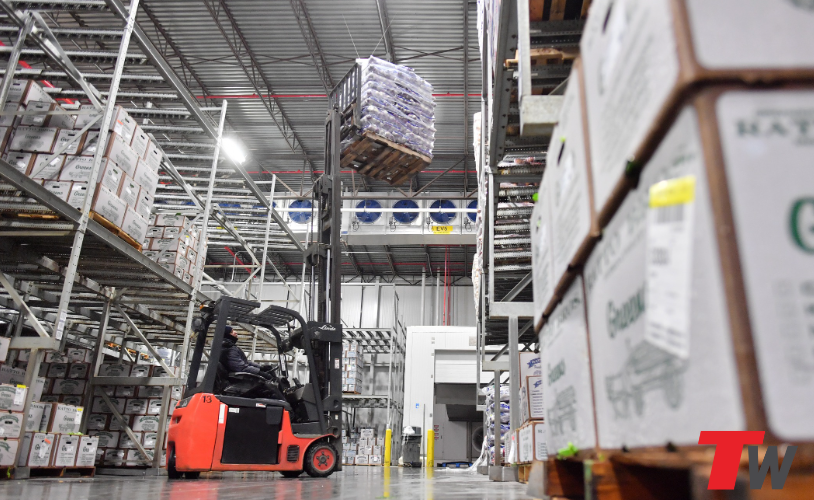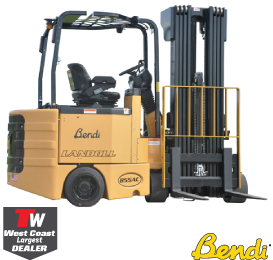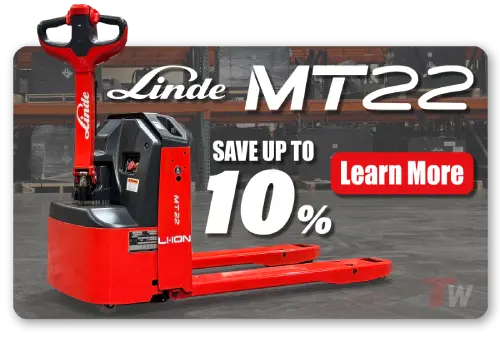Did you know that businesses can save up to 60% by choosing used forklifts over new ones? That’s a game-changing difference for your bottom line. I’ve been in the material handling industry for over fifteen years, and I’ve seen companies make brilliant purchases and others get burned badly.
The used forklift market is tricky. You’re dealing with heavy machinery that’s been worked hard in warehouses, construction sites, and loading docks. But here’s the thing – when you know what to look for, you can find incredible value. This guide will walk you through everything I’ve learned from inspecting hundreds of these machines.
Key Takeaways
Understanding Your Used Forklift Needs
Before you even start browsing listings, you need to nail down exactly what you’re looking for. I made this mistake early in my career – fell in love with a beautiful Toyota 8,000-pound capacity unit, only to realize it wouldn’t fit through our warehouse doors.
Usage Environment Analysis
- Indoor operations – Electric models work best
- Outdoor work – Propane or diesel engines handle weather better
- Mixed environments – Consider dual-fuel options
- Concrete floors – Cushion tires provide stability
- Rough terrain – Pneumatic tires absorb shock
The fuel type decision impacts your operating costs significantly. Electric forklifts cost about $2.50 per hour to operate, while propane units run around $4.20 per hour according to industry data from the Industrial Truck Association.
Capacity and Size Requirements
- Load weight – Always go 20% above your heaviest item
- Lift height – Measure your highest shelf plus safety margin
- Aisle width – Narrow aisles need specific turning radius
- Door clearances – Don’t forget about height restrictions
- Ramp grades – Steep inclines require more power
Operating Hours vs. Daily Usage
Here’s where many buyers get confused. A forklift’s life isn’t measured in years – it’s measured in operating hours. Think of it like mileage on a car.
Usage Guidelines:
- Light duty (2-4 hours daily) – Machine will last 15+ years
- Medium duty (4-6 hours daily) – Expect 10-12 years
- Heavy duty (8+ hours daily) – Plan for 6-8 years maximum
The Essential Inspection Checklist for Used Forklifts
This is where the rubber meets the road. I’ve developed this checklist after seeing too many buyers skip crucial steps and regret it later.
Engine and Power System Deep Dive
For Internal Combustion Models:
- Oil condition – Should be dark but not black or gritty
- Coolant levels – Low levels indicate possible leaks
- Exhaust smoke – Blue smoke means burning oil
- Strange noises – Knocking sounds signal major problems
- Fluid leaks – Check ground under parked machine
- Air filter – Clogged filters reduce performance
For Electric Models:
- Battery age – Batteries over 5 years need replacement soon
- Terminal corrosion – White/green buildup reduces efficiency
- Charge capacity – Test how long it holds full charge
- Water levels – Low levels damage battery cells
- Charging system – Verify charger works properly
I once bought an electric unit without checking the battery age. Six months later, I was facing a $4,000 battery replacement. Learn from my expensive mistake.
Mast and Fork Assessment
- Fork heel wear – Uneven wear indicates misalignment issues
- Fork cracks – Any cracks make forks unsafe for use
- Chain condition – Look for missing links or rust
- Mast operation – Should lift smoothly without jerking
- Side-shift function – Test full range of motion
- Tilt mechanisms – Forward and backward tilt both ways
Critical Safety Note: Damaged forks cause 25% of forklift accidents according to OSHA data. Never compromise on fork condition.
Visual Inspection Summary Table
Tire and Hydraulic System Check
- Tire wear patterns – Even wear shows good alignment
- Chunking damage – Pieces missing from tire surface
- Hydraulic hoses – Check for cracks or bulges
- Cylinder seals – Small leaks acceptable, major ones aren’t
- Hydraulic fluid color – Should be clear amber, not black
- System pressure – Test all lifting functions under load
Safety Features and Controls
- Horn operation – Must work for warehouse safety
- Warning lights – All bulbs functioning properly
- Backup alarm – Required in most facilities
- Seatbelt condition – Frayed belts need replacement
- Operator compartment – No sharp edges or damage
- Steering response – Should turn smoothly both directions
- Brake effectiveness – Test on slight incline
Decoding Used Forklift Hours and Pricing
Understanding forklift hours is like reading a used car’s mileage – it tells you everything about remaining life expectancy.
Operating Hours Breakdown
Low Hours (Under 5,000):
- Condition – Usually excellent with minimal wear
- Price premium – Expect to pay 80-90% of new price
- Lifespan – 15+ years remaining with proper maintenance
- Best for – Heavy daily use operations
Medium Hours (5,000-10,000):
- Condition – Good with normal wear patterns
- Price range – 60-75% of new machine cost
- Lifespan – 8-12 years remaining
- Best for – Medium usage operations
High Hours (10,000+):
- Condition – Showing significant wear
- Price range – 30-50% of new machine cost
- Lifespan – 3-6 years remaining
- Best for – Light duty or backup applications
I remember buying a 12,000-hour Hyster thinking I got a steal. Three years later, I was replacing the transmission. Sometimes the cheapest option costs you more in the long run.
Pricing Factors That Impact Value
- Brand reputation – Toyota, Crown command premium prices
- Maintenance history – Complete records add 15-20% value
- Fuel type – Electric units cost more upfront
- Lifting capacity – Higher capacity = higher price
- Age vs. hours – Hours matter more than calendar age
- Market conditions – Supply and demand affect pricing
True Market Value Research
Research Sources:
- Equipment auction sites – Real selling prices
- Dealer listings – Professional assessments
- Industry publications – Market trend data
- Manufacturer guides – Official depreciation schedules
Where to Buy: Dealers vs Private Sellers
Your purchase source impacts everything from price to long-term support. Each option has distinct advantages and drawbacks.
Reputable Dealer Advantages
- Certified inspections – Professional mechanics check everything
- Limited warranties – Usually 30-90 days parts coverage
- Service support – Access to trained technicians
- Parts availability – Established supply chains
- Trade-in options – Easy upgrades when needed
- Financing programs – Flexible payment terms
Dealer Downsides:
- Higher prices – Typically 15-25% above private sales
- Limited negotiation – Less room for price movement
- Sales pressure – May push unnecessary features
Private Seller Opportunities
- Lower prices – Direct owner sales save dealer markup
- Negotiation flexibility – More room for price adjustments
- Complete history – Original owner knows machine’s story
- No sales pressure – Take time for thorough inspection
Private Sale Risks:
- No warranties – Buy as-is with no recourse
- Unknown problems – Hidden issues may surface later
- No service support – You’re on your own for repairs
- Title issues – Lien complications possible
Online Marketplace Considerations
- Auction sites – Competitive pricing but limited inspection time
- Equipment listings – Wide selection but verify seller reputation
- Fleet sales – Volume discounts but machines may be worn
- Government surplus – Low prices but sold as-is condition
I’ve had success with both dealers and private sales. My best purchase was a privately-owned Crown electric with 3,200 hours for $16,000. My worst was an auction buy that needed $8,000 in repairs immediately.
Documentation and Legal Considerations
Proper documentation protects your investment and ensures legal compliance. Don’t skip these crucial steps.
Essential Paperwork
- Title or certificate – Proves legal ownership
- Maintenance records – Shows care level and identifies patterns
- Operating manual – Critical for safe operation
- Safety inspection certificates – May be required by local laws
- Operator training records – Some states require certification
- Parts receipts – Indicates recent repair work
Maintenance Record Analysis
What Good Records Show:
- Regular service intervals – Oil changes every 250 hours
- Preventive maintenance – Scheduled inspections completed
- Quality parts used – OEM or equivalent replacement parts
- Professional service – Work done by certified technicians
Red Flags in Records:
- Missing periods – Gaps suggest poor maintenance
- Frequent repairs – Same problems recurring
- Cheap parts – Aftermarket parts may fail sooner
- DIY repairs – Non-professional work questionable
Final Inspection and Purchase Process
The final inspection is your last chance to identify problems before money changes hands. Take your time here.
Pre-Purchase Professional Inspection
- Certified mechanic – $200-400 investment saves thousands
- Load testing – Verify lifting capacity under actual load
- Operational testing – Run machine for 30+ minutes
- Computer diagnostics – Electronic systems need special tools
- Safety compliance – Ensure all required features work
Negotiation Strategies
- Document problems – Use inspection findings for price reduction
- Research comparable sales – Know market value for leverage
- Consider total cost – Factor in repairs, transportation, setup
- Payment terms – Cash offers often get better pricing
- Warranty requests – Ask for short-term coverage on major components
Transportation and Setup
- Professional transport – Forklifts are heavy and awkward
- Insurance coverage – Verify protection during transit
- Delivery inspection – Check for transport damage
- Immediate service – Change fluids and filters after delivery
- Operator training – Different models have unique features
Common FAQs
What’s considered high mileage for used forklifts?
Forklifts with over 10,000 operating hours are considered high-mileage, though well-maintained machines can run reliably up to 15,000 hours. Focus more on maintenance quality than raw hours.
How do I verify the true operating hours on a forklift?
Check the hour meter, but also examine wear patterns on seats, controls, and tires. Some sellers reset hour meters, so physical wear tells the real story.
Should I buy an electric or gas-powered used forklift?
Electric forklifts cost more upfront but have lower operating costs and work better indoors. Gas/propane units are cheaper to buy but cost more to operate and work better outdoors.
What maintenance records should I ask for when buying used forklifts?
Request complete service records including oil changes, brake inspections, mast servicing, and any major repairs. Consistent maintenance every 250 hours indicates good care.
How much should I budget for immediate repairs on a used forklift?
Plan for 10-15% of the purchase price in immediate maintenance costs, including fluid changes, filter replacements, and any deferred maintenance items.
What’s the difference between cushion and pneumatic tires?
Cushion tires are solid rubber, work best on smooth surfaces indoors, and cost less. Pneumatic tires are air-filled, provide better shock absorption, and handle outdoor terrain better.
Can I finance a used forklift purchase?
Yes, many dealers offer financing for used equipment. Banks and equipment financing companies also provide loans for used forklift purchases with competitive rates.
What safety features are required on used forklifts?
OSHA requires working brakes, horn, lights, backup alarm, and operator restraint system. Some facilities require additional safety features like blue spot lights.
How do I transport a used forklift after purchase?
Use a professional equipment transport service with proper trailers and tie-down equipment. Forklifts are top-heavy and require specialized hauling expertise.
What’s the best brand of used forklift to buy?
Toyota, Linde, and Crown are top brands with good resale value and parts availability. However, any well-maintained forklift from a reputable manufacturer can be a good purchase.
Should I buy from a dealer or private seller?
Dealers offer warranties and service support but charge higher prices. Private sellers offer better pricing but no warranty protection. Choose based on your risk tolerance and budget.
What inspection should I do before buying a used forklift?
Check engine condition, hydraulic systems, mast operation, fork condition, tire wear, and all safety features. Consider hiring a professional mechanic for thorough inspection.
How long do used forklifts typically last?
With proper maintenance, forklifts can operate reliably for 15,000-20,000 hours or 15-20 years depending on usage intensity and care level.
What’s the most important factor when buying used forklifts?
Maintenance history is the most critical factor. A well-maintained high-hour machine is better than a neglected low-hour unit. Complete service records indicate responsible ownership.
Can I test drive a used forklift before buying? Absolutely, and you should.
Test all functions including lifting, tilting, side-shifting, steering, and braking. Run the machine for at least 20-30 minutes to identify any problems.
Buying used forklifts requires knowledge, patience, and careful inspection. The money you save compared to new equipment can be substantial – often 40-60% less than retail pricing. But only if you make smart choices based on solid information.
Remember that the cheapest machine isn’t always the best value. Factor in operating costs, repair needs, and remaining lifespan when making your decision. A slightly more expensive unit with excellent maintenance records often costs less in the long run.
Take time for thorough inspections, verify maintenance records, and don’t be afraid to walk away from questionable deals. The right used forklift will serve your operation reliably for years while keeping more money in your budget for other business needs.
